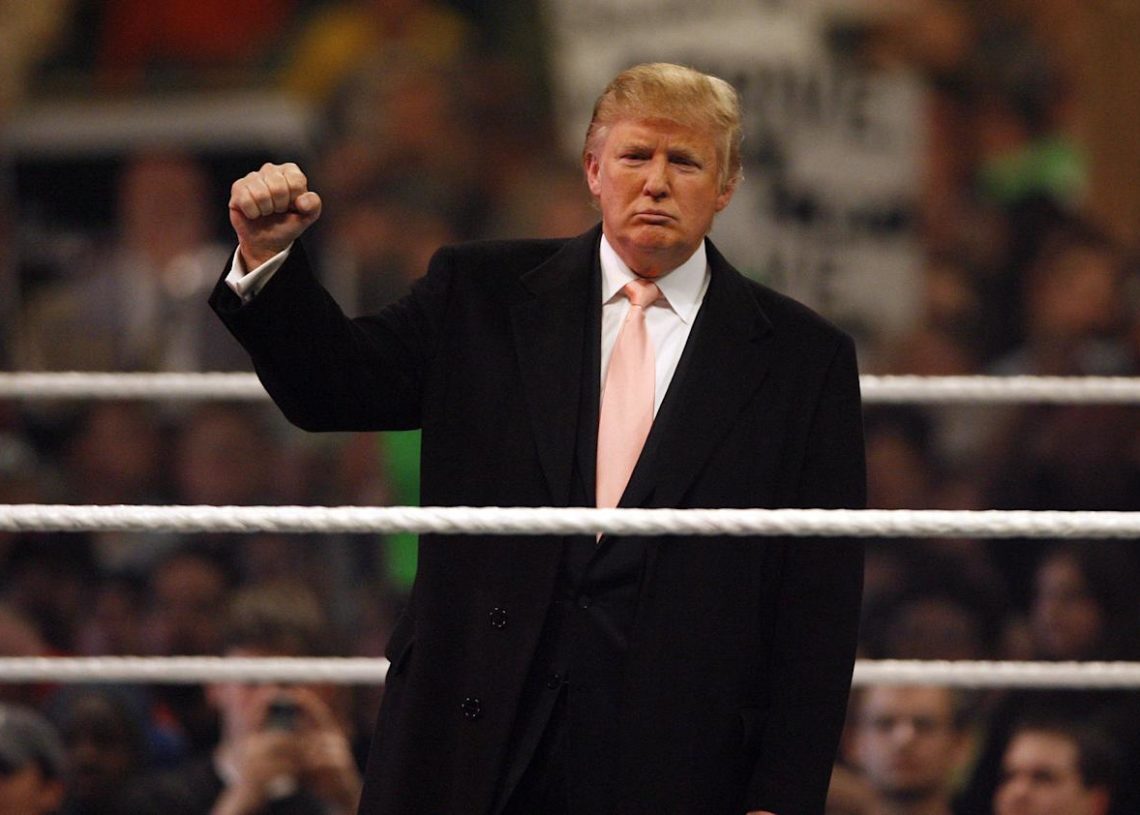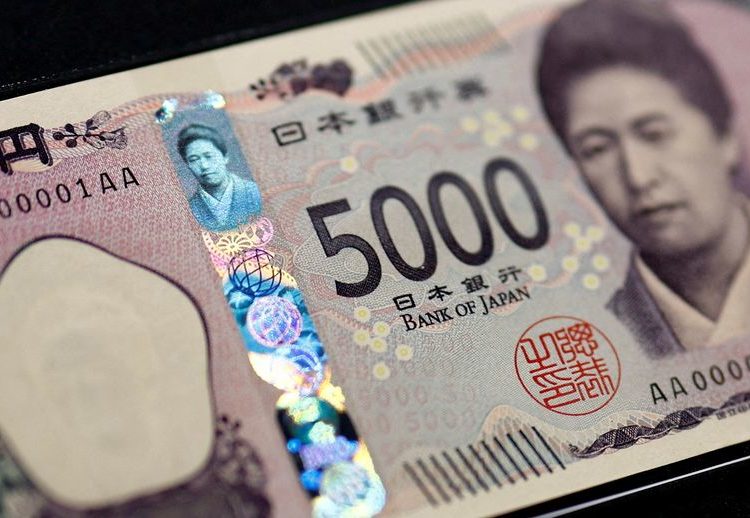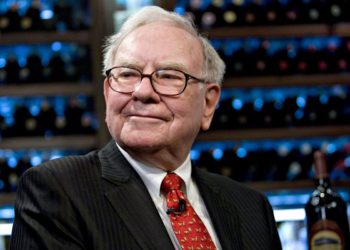This weekend, tens of thousands of people will make their way to Las Vegas — and millions more around the globe will tune in on TV — for the two-day spectacle that is WrestleMania: WWE’s marquee, decades-old annual showcase for professional wrestling.
Think of this year’s WrestleMania 41 as the season finale for a year’s worth of pro wrestling: bitter feuds will reach conclusions, dreams will come true and new champions will be crowned.
There’s a reason pro wrestling remains among the most popular television shows out there, cutting across socioeconomic (and yes, political) divides. Wrestling can be lowbrow and downright offensive sometimes. But at its best, it is a storytelling art featuring devastating heartbreakers and victories over evil that can send an entire arena into euphoria.
And for those looking for a glimpse into President Donald Trump’s inner psyche and stylistic approach, there’s few better things to watch than this weekend’s so-called Showcase of the Immortals.
Trump has a deep connection with the world of professional wrestling — he is a WWE Hall of Famer himself. Trump hosted two early WrestleManias in the late 1980s. He purported to “buy” Monday Night Raw, WWE’s flagship program, in 2009.
And Trump and Vince McMahon — Trump’s real life friend who ruled the wrestling landscape with an iron fist, until scandal finally ran him out of the business — also had their “Battle of the Billionaires” at WrestleMania 23. When Trump’s chosen combatant beat McMahon’s, Trump won the right to shave McMahon’s head bald in the middle of the ring.
His approach to politics is imbued with pro wrestling’s showmanship. It explains why Hulk Hogan showed up at last year’s Republican convention and why Trump’s past GOP convention appearances will seem indistinguishable from some of the wrestlers’ grand entrances this weekend in Las Vegas.
“When he ran for office for the first time, you can tell there was a lot of professional wrestling involved in it,” Dave Meltzer, the preeminent American wrestling journalist, told me. “And this [latest] one, even more.”
But it goes far deeper than that. Professional wrestling at its core is designed to be a fight between the good guys — “babyfaces,” in wrestling parlance — and bad guys, or “heels.” And while modern wrestling usually isn’t as cut-and-dry anymore, Trump operates under the same thinking, framing his endeavors, allies and enemies along those lines.
One of the main events at this year’s WrestleMania pits the red meat, all-American babyface Cody Rhodes against John Cena, who has been the hero of WWE for decades only to turn against the fans in the twilight of his career. That storyline so closely follows the good-versus-evil archetype of yore that it’s the kind of booking (wrestling lingo for deciding who wins and loses) “that Trump would do,” Meltzer said.
WWE turned Cena — who after decades in the ring has transcended into a legitimate Hollywood star —into an unambiguous heel for what’s being billed as his farewell tour, he said, instead of a more morally complex character.
“The whole thing is creation of enemies that are probably not even your enemies, and using that to get people to rally behind you,” Meltzer said, alluding to the similarities between pro wrestling and the president’s political style. “‘The reason that you’re not where you want to be is because of these enemies, and I’m going to fight these enemies for you.’”
Trump also embraces another central tenet of wrestling: “kayfabe,” which refers to maintaining the illusion that pro wrestling is real. Kayfabe is the agreement between fans and wrestlers that we’re all okay with accepting that somewhere-in-the middle reality for the sake of the show. Wrestling fans know it’s all fake — that The Undertaker is not actually an undead mortician with mystical powers, but a real human being that just so happened to have candidate Trump as a guest on his podcast. But most of the fun of wrestling comes from the blurred lines of real and make believe.
Those in Washington may be familiar with kayfabe by another name: taking Trump seriously, but not literally.
“No one knows what is a bluff or isn’t, and the world hangs in the balance,” Josephine Riesman, the author of the biography “Ringmaster: Vince McMahon and the Unmaking of America”, said of Trump. “There’s the spectacle of the fact that the world hangs in the balance. But what got us there is an information environment in which a lot of information outlets contributed to Donald Trump’s melting of reality.”
Trump lives and dies by kayfabe, where friend and foe alike never seem to know what’s real and what’s all for show. (Just ask Republicans explaining themselves in a circle on every recent tariff move.) Perhaps the only person to more fully embody kayfabe is wrestling impresario Vince McMahon himself.
McMahon and his wife Linda have been significant financial supporters of Trump’s political career — Linda McMahon served as Trump’s first Small Business Administration head and now serves as his secretary of Education. You don’t have to squint too hard to see the similarities between Vince McMahon’s on-screen persona — the swaggering, braggadocious, larger than life “Mr. McMahon” — and in how the president carries himself.
Vince McMahon was quick to realize how Trump’s skills could be put to use in the political arena. “Second only to me, Donald might very well be a great president of the United States,” he said during Trump’s induction to the WWE Hall of Fame in 2013.
Was that a prescient insight or just kayfabe in practice?
Both McMahon and Trump know that the real answer is not the point. The real show is about keeping everyone guessing.
This article first appeared in POLITICO Nightly. Sign up now to get tomorrow’s conversation in your inbox every weeknight.
The post How Professional Wrestling Explains Donald Trump’s Washington appeared first on Politico.




